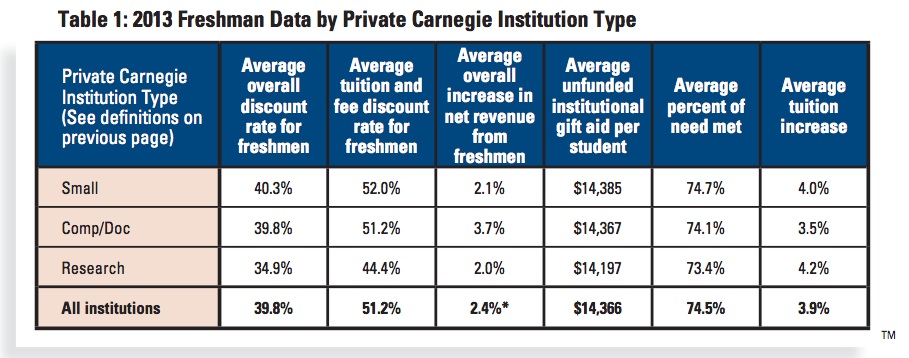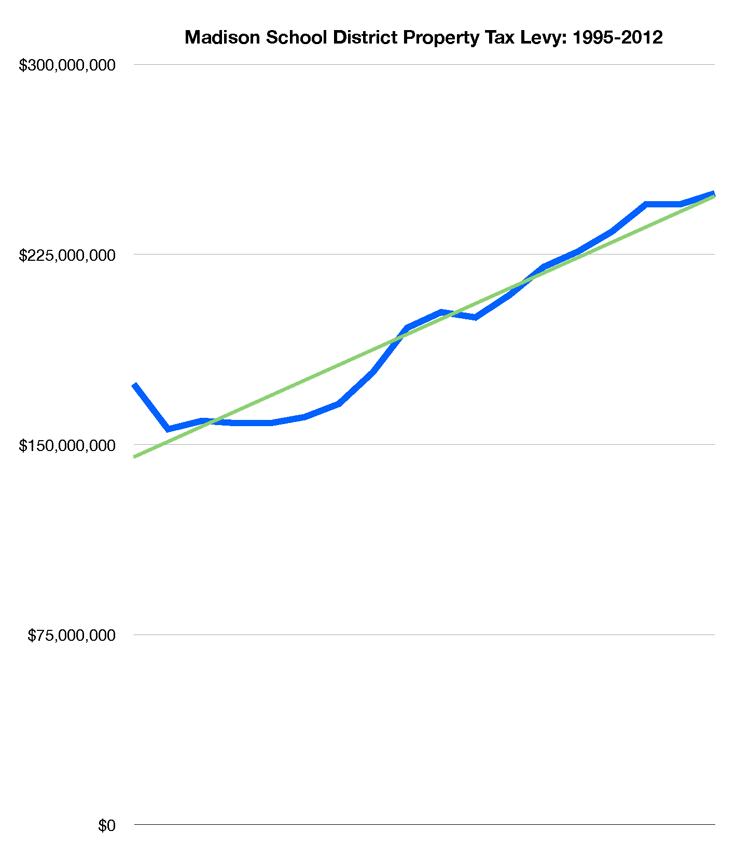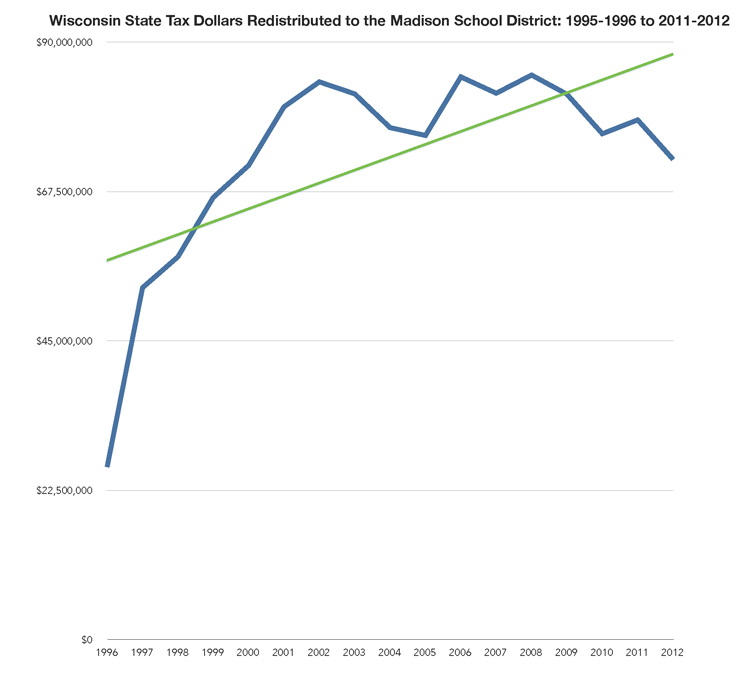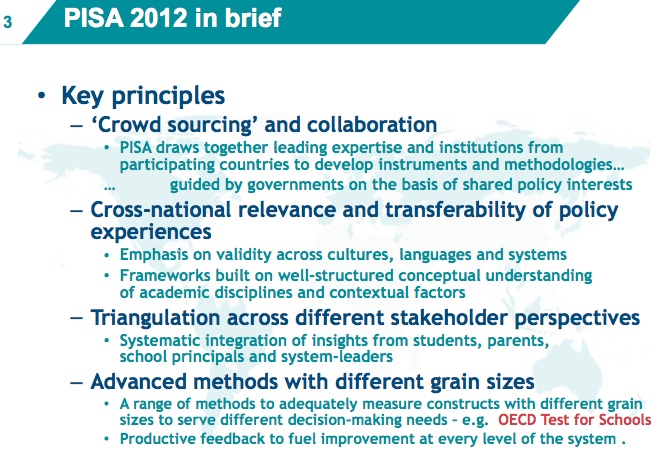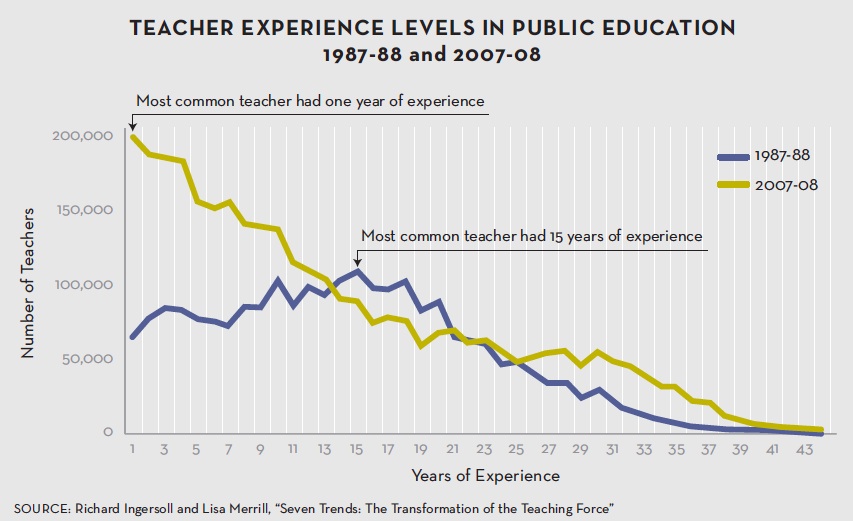“Were the Common Core authors serious about ‘college-readiness,’ they would have taken their cue from publisher Will Fitzhugh, who for decades has been swimming against the tide of downgraded writing standards (blogging, journal-writing, video-producing). To this end, he has been publishing impressive student history papers in his scholarly journal, The Concord Review. The new (CC) standards, to Fitzhugh, enable ‘students to be ignoramuses who may be able to talk glibly about their instant New Deeper critical analysis of selected test passages.’ They will, however, ‘not have enough knowledge to do them a bit of good in college or at any workplace.’ They are effectively being taught the art of propaganda through multimedia rather than the art of writing from a knowledge base in history….”
Mary Grabar, via Will Fitzhugh:
The word “doing” appears frequently in the NCSS guidelines, as it does in the Department of Education’s 2012 report, “A Crucible Moment: College Learning & Democracy’s Future,” which was criticized roundly by the National Association of Scholars for using civics education to promote radical activism and anti-Americanism in higher education, instead of providing a knowledge base in history, civics, and geography.
In 2009, when I attended the National Council for the Social Studies (NCSS) conference, I learned that most of the educators bristled at the idea of following educational “standards.” Most of the sessions involved sharing strategies for formally adhering to standards, while covertly turning students into activists for radical causes. Among these were repeal of immigration laws, statehood for Washington, D.C., and acceptance of Islam as superior to Christianity. Instead of being given a knowledge base in history, civics, and geography, students were emotionally manipulated into being advocates, attending protests, and lobbying legislators.
Flash forward to 2014. Now the objectives of these social studies teachers are the objectives of Obama’s Department of Education. The Common Core “standards” for math and English Language Arts are the law in 45 states. Those for science and social studies have been written, but are still voluntary.
Eschewing traditional forms of knowledge acquisition and writing (the old standards), “The College, Career, and Civic Life (C3) Framework for Social Studies State Standards: State guidance for enhancing the rigor of K-12 civics, economics, geography, and history” promote the idea of doing social studies. Yes, “doing.”
The word “doing” appears frequently in the guidelines, as it does in the Department of Education’s 2012 report, “A Crucible Moment: College Learning & Democracy’s Future,” which was criticized roundly by the National Association of Scholars (myself included) for using civics education to promote radical activism and anti-Americanism in higher education.
In order to advance similar activism, the authors of the K-12 “C3 Framework” caricature traditional education as pouring knowledge into students who are passive vessels. But traditional, classical education, founded on a firm base of knowledge, is the kind that works and best prepares students for adult life. It incorporates three levels of learning outlined by the Atlanta Classical Academy charter school, as taken from their successful petition before the Board of Education:
Grammar Stage (mastery of key foundational facts, rules, and tools, imparted by teachers who are experts in their subject);
Logic Stage (mastery of relationships, categories, and order to create coherent frameworks);
Rhetoric Stage (communication and reasoning).Notably, Common Core skips the first step, reducing it to a haphazard process of “discovery”—a hallmark of progressive education. The cart is put before the horse through “experiential” learning, where students “practice the arts and habits of civic life.”
There is no sense that students should first acquire a solid foundation of historical knowledge. Rather, students are left to do “inquiry” with “Four Dimensions”: 1) “developing questions and planning inquiries;” 2) “applying disciplinary concepts and tools;” 3) “evaluating sources and using evidence;” and, 4) “communicating conclusions and taking informed action.”
It can hardly be said that children are capable of “taking informed action.” Yet the cover photographs of the report draft (dated April 9, 2013) reveal the authors’ aims by showing children in a public forum, looking at a globe (perhaps plotting their next business move in the “twenty-first century workplace”?), and in a group leaning over plans (mimicking modern-day advertisements of the corporate working world). The final photo shows a street protest with signs saying, “No” to toxic waste.
Such photos belie the authors’ claim that “Advocates of citizenship education cross the political spectrum” and are “bound by a common belief that our democratic republic will not sustain unless students are aware of their changing cultural and physical environments; know their past; read, write, and think deeply; and, act in ways to promote the common good.” Rather, these advocates use children for their own aims, placing adult burdens on them, while denying them a real education.
The Objectives for Second Grade
Age-inappropriateness also becomes evident in a table called “Suggested K-12 Pathway for College, Career and Civic Readiness Dimension 1.” It states that “by the end of grade 2” (emphasis added) the student will construct compelling questions and “explain why the compelling question is important to the student” and “identify disciplinary concepts found or implied in a compelling question.” (A note explains, “Students, particularly before middle school, will need considerable guidance and support from adults to construct questions that are suitable for inquiry.” Of course, they would need “guidance.” That’s where the teacher can impose her own, leading questions.)
The second-grader, furthermore, in a mind-boggling quest, must “make connections between supporting questions and compelling questions” and “identify ideas mentioned and implied by a supporting question” and then “determine the kinds of sources that will be helpful in answering compelling and supporting questions.”
Writing assignments do not follow an age-appropriate progression, either. Dimension 4, “Communicating Conclusions,” calls for second-graders to “construct an argument with reasons” and “present a summary of an argument using print, oral and digital technologies.” High school seniors are to do similar tasks in a slightly more sophisticated form, for example, in constructing arguments, using multiple sources, and acknowledging counterclaims and evidentiary weaknesses.
What can a “college-ready” senior do?
While second-graders are asked to “think like historians,” the high school senior is asked to perform unscholarly tasks, such as presenting “adaptations of arguments and explanations that feature evocative ideas and perspectives on issues and topics to reach a range of audiences and venues outside the classroom using print and oral technologies (e.g., posters, essays, letters, debates, speeches, reports, maps) and digital technologies (e.g., internet, social media, digital documentary).” Even essays and reports get buried amidst posters, social media, and digital documentaries.
The authors refer back to the English Language Arts (ELA) standards for guidance, but these are vague and loose, for example, Standard 7, which “focuses on ‘short as well as more sustained research projects based on focused questions.” The social studies standards also go back to the ELA’s emphasis on “Speaking and Listening Standards,” wherein “students engage one another strategically using different forms of media given a variety of contexts in order to present their knowledge and ideas.” As if these were really vigorous, the authors cite “examples,” such as participating in a “range of conversations and collaborations with diverse partners” and making “strategic use of ‘media and visual display’ when presenting.”
This is hardly preparation for college work in the traditional sense. Traditional work would involve sifting through historical material knowledgeably, and compiling it in the well-reasoned format of a scholarly paper. Were the Common Core authors serious about “college-readiness,” they would have taken their cue from publisher Will Fitzhugh, who for decades has been swimming against the tide of downgraded writing standards (blogging, journal-writing, video-producing). To this end, he has been holding contests and publishing impressive student papers in his scholarly journal, The Concord Review. The new standards, to Fitzhugh, enable “students to be ignoramuses who may be able to talk glibly about their instant New Deeper critical analysis of selected test passages.” They will, however, “not have enough knowledge to do them a bit of good in college or at any workplace.” They are effectively being taught the art of propaganda through multimedia rather than the art of writing through a knowledge base in history, civics and geography.
The new social studies standards are not surprising, considering the work of social studies teachers behind the scenes at conferences and elsewhere. They now have an administration that supports their radical aims. Consider the members of the “writing team” of this report, including this large majority:Kathy Swan, lead writer/project director: associate professor of curriculum and instruction at the University of Kentucky, and coauthor of And Action! Doing Documentaries in the Social Studies Classroom. Her research focuses on “standards-based technology integration, authentic intellectual work, and documentary-making in the social studies classroom.”
Keith C. Barton, professor of curriculum and instruction and adjunct professor of history at Indiana University and co-author of Doing History: Investigating with Children in Elementary and Middle Schools and Teaching History for the Common Good.
Flannery Burke, associate professor of history at Saint Louis University who specializes in environmental history, the history of the American West, and gender studies.
Susan W. Hardwick, professor emerita of geography at the University of Oregon and co-host of the Annenberg/PBS series The Power of Place.
John Lee, associate professor of social studies education at North Carolina State University and co-director of the New Literacies Collaborative, http://newlit.org (connected to Linda Darling-Hammond).
Peter Levine, Professor of Citizenship & Public Affairs at Tufts University, author of Engaging Young People in Civic Life, and a proponent of left-wing “civic engagement.”
Karen Thomas-Brown, associate professor of social studies and multiculturalism at the University of Michigan-Dearborn with research interests in “neoliberalism and the impact of globalization on the operation of secondary urban centers in developing countries.”
Cynthia Tyson, professor in the College of Education and Human Ecology at The Ohio State University, “where she teaches courses in multicultural and equity studies in education; early childhood social studies; and multicultural children’s literature.”
Bruce VanSledright, professor of history and social studies education at the University of North Carolina, Charlotte. His research focuses on “doing history.”
Merry Wiesner-Hanks, professor of history, University of Wisconsin-Milwaukee, with a special interest in women’s and gender history.
Mary Grabar, Ph.D., has taught college English for over twenty years. She is the founder of the Dissident Prof Education Project, Inc., an education reform initiative that offers information and resources for students, parents, and citizens. The motto, “Resisting the Re-Education of America,” arose in part from her perspective as a very young immigrant from the former Communist Yugoslavia (Slovenia specifically). She writes extensively and is the editor of EXILED. Ms. Grabar is also a contributor to SFPPR News & Analysis.
